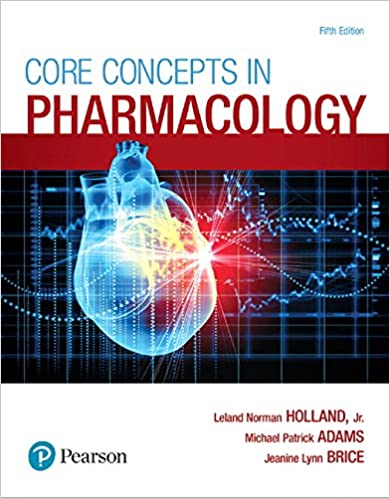Pharmacology Concepts 5e Test Bank

Book Title:
Core Concepts in Pharmacology
Edition:
5th Edition
Author:
Leland Norman Holland, Michael P. Adams, Jeanine Brice RN MSNDocument Sample
Test Bank
$24.99
Product Benefits
- Guaranteed to meet your expectations
- Instant access after purchase
- Microsoft Word format
- Files are available for preview
- 100% secure